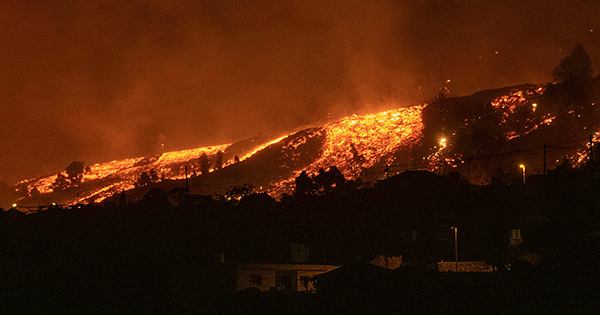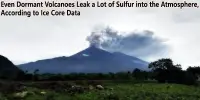Waterspouts are rare and spectacular meteorological occurrences. Observers interpret them as “the beginning of an extraterrestrial invasion” and share their photos on social media. However, what exactly are these mysterious offshore twisters, and how do they form?
A waterspout is a spinning column of air that absorbs water (typically from the ocean) and forms a twisted funnel of water and cloud that connects the sea and the sky. They are stunning but fleeting, lasting no longer than five minutes on average (but occasionally up to ten minutes). Winds inside the waterspout can reach speeds of over 100 km/h, causing significant damage to boats at sea.
Waterspouts may cause considerably more destruction if they come ashore: the Lennox Head tornado in northern NSW in 2010 destroyed a dozen houses. Waterspouts are similar to tornadoes that occur on land in certain aspects. Waterspouts, on the other hand, can arise during minor storms, even just showers, or the presence of the correct sort of clouds, whereas tornadoes connected with massive supercell thunderstorms.
When two winds moving in opposite directions collide, waterspouts can develop. There is a lot of whirling air near the surface along the line where the two winds meet (called a “convergence line” or “shear line”). Because there is nowhere else for the air to go when the two winds collide, it rises. Water vapour carried up into the sky by this rising air, resulting in rain showers, storms, and cumulus clouds.
As the air rises, some of the horizontal spinning air at the surface can pushed vertically. When the vertical spin focuses at a certain spot, it begins sucking up water, resulting in a waterspout. Because waterspouts originate when two winds meet, you may notice a line of waterspouts in a row where the whirling low-level air pulled upwards at several spots.
Waterspouts are most frequent around the coasts of New South Wales and Queensland in Australia. On most mornings, chilly overnight air blowing off the land collides with warmer sea air. This usually results in a line of clouds off the coast where the two air masses collide. The collision becomes more spectacular and waterspouts develop under the correct conditions – most typically in fall and winter, when the land grows cooler but the sea stays relatively warm.
Waterspouts appear large and spectacular to the untrained eye, but to a meteorologist studying global weather patterns, they are insignificant. This makes them extremely difficult to foresee with any degree of certainty.
We know the kind of weather that may cause waterspouts, so if we see those circumstances developing, we will know there is a potential we will see some. It is practically impossible to predict the location or time of waterspouts due to their small size and short lifetime.
Dean Narramore, Australian Bureau of Meteorology Senior Meteorologist. The Conversation has given permission to reprint this article under a Creative Commons license. Read the full story here.
















